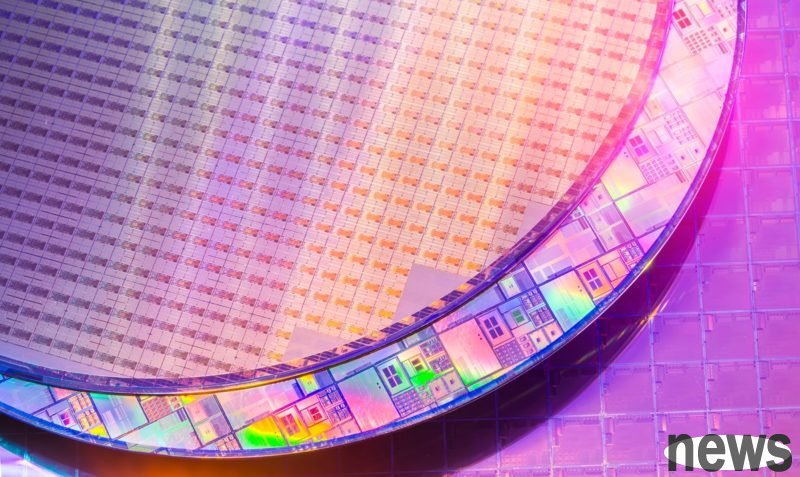
TrendForce’s latest survey shows that in the second half of the year, due to factors such as U.S. semiconductor tariffs that have not yet been implemented, low inventory levels at IC factories, smartphones entering peak sales season, and continued strong demand for AI, the capacity utilization rate of wafer foundries has not been revised downwards as expected. Some fabs performed better in the fourth quarter than in the third quarter, triggering retail players to plan to raise prices for BCD, Power and other scarce process platforms.
TrendForce stated that it was originally expected that the United States would impose semiconductor tariffs in the second half of the year, and that some consumer products such as televisions would enter the off-season for stocking up, which would cause the utilization rate of wafer foundry capacity to enter an industry downturn in the fourth quarter. However, the latest results show that because semiconductor tariffs have not yet been announced, IC design customers who had previously revised down their wafer production requirements for the second half of the year have replenished some of their inventories and actively stocked new platforms for smartphones and PCs. In response to strong demand for AI, AI server peripheral ICs continue to release incremental orders, even squeezing out consumer product production capacity. At the same time, industrial control-related chip inventories have also dropped to healthy levels, and manufacturers have gradually restarted stocking up, supporting the fourth quarter's wafer foundry capacity utilization rate to be roughly the same as the third quarter, performing better than expected.
By the end of the year, the 8-inch capacity utilization rate of some wafer fabs will remain close to full capacity. In particular, the production capacity of Chinese fabs is even tighter, and Chinese fabs are in urgent need of gross profit improvement. They will take advantage of this situation to raise prices to customers, and the wafer output will take effect in the fourth quarter at the earliest. In addition, there are also fabs that have benefited from the related power demand driven by AI. Customer prospects in 2026 are strong, and they have planned to fully increase foundry prices in 2026. Although the actual price increase has yet to be negotiated, it has successfully created a market price increase atmosphere. Even if the above-mentioned non-industry overall increases, it shows that the semiconductor supply chain is temporarily out of the inventory correction cycle, and the price-cutting competition for mature processes has slowed down.
TrendForce pointed out that although the wafer foundry capacity utilization rate in the second half of the year did not correct as the market had previously feared, the tariff policy is unresolved, the overall economic uncertainty continues, the lack of innovative applications of consumer products, extended replacement cycles and other factors may become market concerns in 2026. Whether the semiconductor supply chain can maintain a relatively stable situation remains to be seen.
